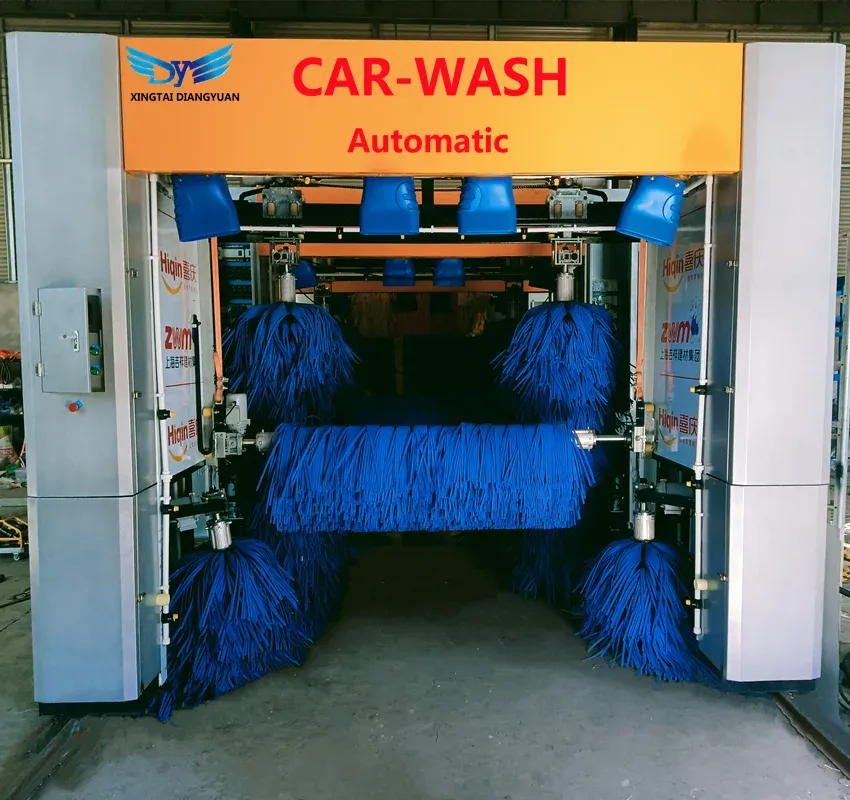
- Afrikaans
- Albanian
- Amharic
- Arabic
- Armenian
- Azerbaijani
- Basque
- Belarusian
- Bengali
- Bosnian
- Bulgarian
- Catalan
- Cebuano
- Corsican
- Croatian
- Czech
- Danish
- Dutch
- English
- Esperanto
- Estonian
- Finnish
- French
- Frisian
- Galician
- Georgian
- German
- Greek
- Gujarati
- Haitian Creole
- hausa
- hawaiian
- Hebrew
- Hindi
- Miao
- Hungarian
- Icelandic
- igbo
- Indonesian
- irish
- Italian
- Japanese
- Javanese
- Kannada
- kazakh
- Khmer
- Rwandese
- Korean
- Kurdish
- Kyrgyz
- Lao
- Latin
- Latvian
- Lithuanian
- Luxembourgish
- Macedonian
- Malgashi
- Malay
- Malayalam
- Maltese
- Maori
- Marathi
- Mongolian
- Myanmar
- Nepali
- Norwegian
- Norwegian
- Occitan
- Pashto
- Persian
- Polish
- Portuguese
- Punjabi
- Romanian
- Russian
- Samoan
- Scottish Gaelic
- Serbian
- Sesotho
- Shona
- Sindhi
- Sinhala
- Slovak
- Slovenian
- Somali
- Spanish
- Sundanese
- Swahili
- Swedish
- Tagalog
- Tajik
- Tamil
- Tatar
- Telugu
- Thai
- Turkish
- Turkmen
- Ukrainian
- Urdu
- Uighur
- Uzbek
- Vietnamese
- Welsh
- Bantu
- Yiddish
- Yoruba
Choosing the Best Pressure Washer for Effective Car Detailing and Cleaning
The Essential Guide to Using a Pressure Washer for Car Detailing
When it comes to keeping your vehicle in top-notch condition, nothing beats the effectiveness of a pressure washer. Car detailing is not just about aesthetics; it is about maintaining your vehicle's value, protecting its exterior, and enhancing your driving experience. A pressure washer, when used correctly, can be a game-changer in your car detailing routine.
Understanding the Basics of Pressure Washing
A pressure washer uses high-pressure water spray to remove dirt, grime, and other contaminants from surfaces. In the context of car detailing, this tool can help you clean every nook and cranny of your vehicle without the need for harsh chemicals. The key is to choose the right settings and nozzles for your specific needs.
There are two main types of pressure washers electric and gas-powered. Electric models are generally lighter, quieter, and easier to use, making them an excellent choice for home car detailing. Gas-powered washers, on the other hand, provide more power and are ideal for heavy-duty tasks but may not be necessary for the average car owner.
Why Use a Pressure Washer for Car Detailing?
1. Efficiency A pressure washer can cut down the time it takes to clean your car significantly. Instead of spending hours hand washing, a pressure washer can do the job in a fraction of the time.
2. Thorough Cleaning The high-pressure water spray is effective at removing dirt that may be embedded in the paintwork or stuck in tight areas like wheel wells and grilles. This level of cleaning is hard to achieve with traditional methods.
3. Reduced Risk of Scratches Using a pressure washer minimizes contact with the surface. This means there's less risk of scratching your car's finish compared to using sponges or cloths.
4. Versatility A pressure washer can be used for more than just cars. It can clean driveways, decks, and even outdoor furniture, making it a worthwhile investment for homeowners.
pressure washer for car detailing

Tips for Using a Pressure Washer on Your Car
1. Choose the Right Pressure Level A pressure washer with a setting of 1200 to 1900 PSI (pounds per square inch) is generally ideal for car detailing. Anything above 2000 PSI can risk damaging the paint if not handled correctly.
2. Use the Appropriate Nozzle Different nozzles create different spray patterns. A wider angle nozzle (such as a 25-degree nozzle) is safer for car surfaces, while a narrow nozzle can be used for tougher spots.
3. Maintain a Safe Distance Keep the nozzle at least 2 feet away from the surface of the car. This distance ensures that you get an effective clean while reducing the risk of damage.
4. Pre-Wash and Rinse Before using the pressure washer, rinse your car with water to remove any loose dirt. This helps prevent scratches during the washing process.
5. Use the Right Detergent If you opt for a detergent, make sure it is specifically designed for cars and is safe for automotive finishes. Apply the detergent with a foam cannon attachment or a bucket, allowing it to sit for a few minutes before rinsing it off.
6. Follow a Cleaning Sequence Start from the top of the car and work your way down. This method prevents dirty water from running back onto clean surfaces. Pay particular attention to areas like wheel wells, undercarriage, and the engine bay.
7. Dry Properly After washing, it’s essential to dry your vehicle to prevent water spots. Use microfiber towels for this task as they are gentle on the finish.
Conclusion
Incorporating a pressure washer into your car detailing routine can elevate your cleaning game, making it easier, faster, and more efficient. Whether you're a car enthusiast or simply want to keep your car looking its best, a pressure washer can help you achieve that spotless finish. Remember always to handle the equipment with care, follow the manufacturer’s guidelines, and utilize safe practices. With the right approach, your vehicle will not only look great but also enjoy a longer lifespan, keeping it shining for miles to come.
-
Integrating Aqua Tunnel Car Wash in Shopping CentersNewsJun.24,2025
-
Gas Station with an Auto Car Wash MachineNewsJun.24,2025
-
Efficiency in Your Aqua Tunnel Car Wash: Power & Water-SavingNewsJun.24,2025
-
Car Wash Business with Advanced Auto Car Cleaning MachinesNewsJun.24,2025
-
Balancing Setup Costs with Aqua Tunnel Car WashNewsJun.24,2025
-
Aqua Tunnel Car Wash: Eco-Design for the Energy-Savvy EntrepreneurNewsJun.24,2025



